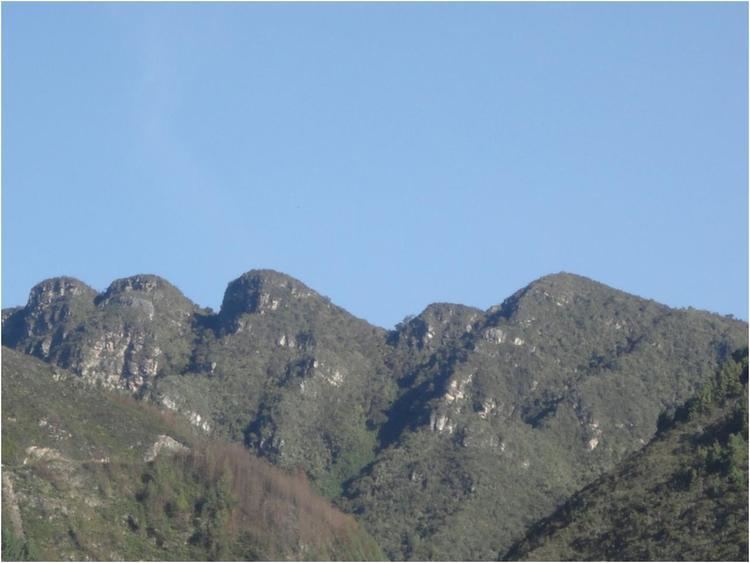Founded 12 October 1600 Elevation 2,595 m Population 13,936 (2015) | Website Official website Area 141 km² Local time Thursday 5:18 AM | |
 | ||
Weather 12°C, Wind NE at 5 km/h, 97% Humidity | ||
La gran estafa en sesquil
Sesquilé is a town and municipality in Almeidas Province in the department of Cundinamarca, Colombia. Sesquilé in the Chibcha language of the Muisca means "hot water".
Contents
- La gran estafa en sesquil
- Map of SesquilC3A9 Cundinamarca Colombia
- Quebrada el caj n sesquil cundinamarca
- Tourism
- Trivia
- References
Map of Sesquil%C3%A9, Cundinamarca, Colombia
Sesquilé is adjacent to Tominé Reservoir and nearby Lake Guatavita, the suspected site of the El Dorado legend.
Quebrada el caj n sesquil cundinamarca
Tourism
Trivia
References
Sesquilé Wikipedia(Text) CC BY-SA
